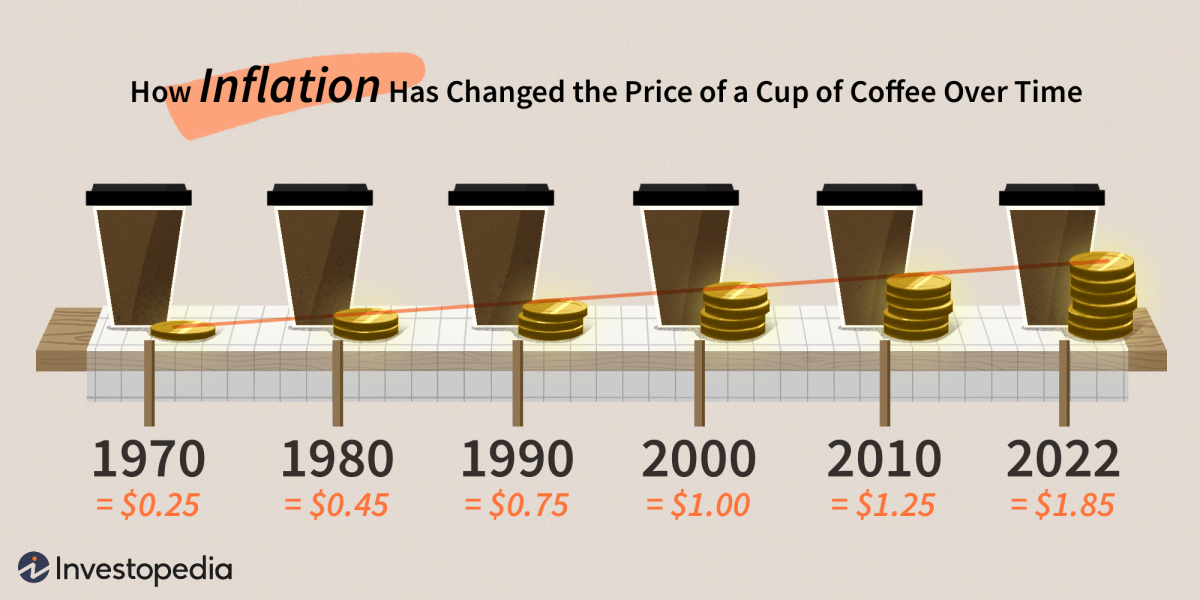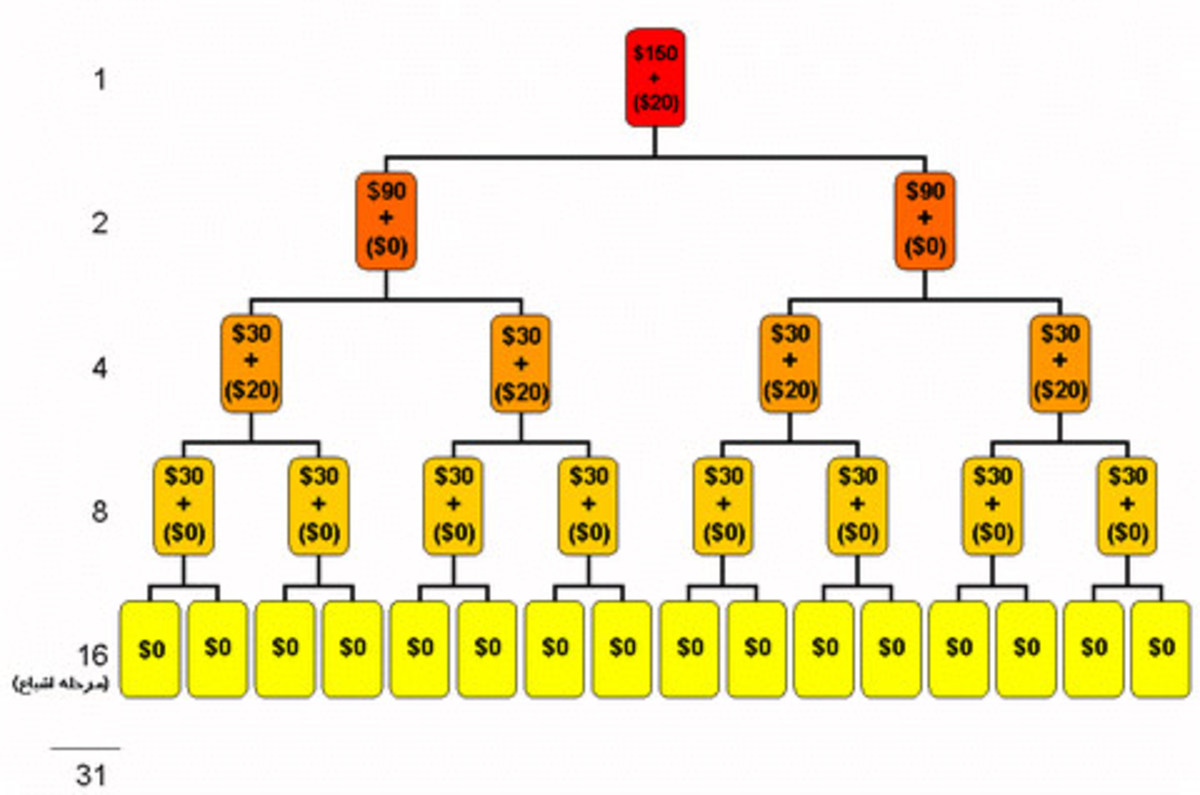LEVELS OF ECONOMIC INTEGRATION
LEVELS OF ECONOMIC INTEGRATION
A trading bloc is a preferential economic arrangement among a group of countries. The forms it may take are provided From least to most integrative they are the free trade area, customs union, common market, and economic union.1
The Free Trade Area
The free trade area is the least restrictive and loosest from of economic integration among countries. In a free trade area, all barriers to trade among member countries are removed. Therefore, goods and services are freely traded among member countries in much the same way that they flow freely between, for example, South Carolina and New York. No discriminatory taxes, quotas tariffs, or other trade barriers are allowed. Sometimes a free trade area is formed only for certain classes of goods and services. An agricultural free trade area, for example, implies the absence of restriction on the trade of agricultural products only. The most notable feature of a free trade area is that each member country is free to set any tariffs, quotas, or other restriction that it chooses for trade with countries outside the free trade area.
The Customs Union
The customs union is one step further along the spectrum of economic integration. Like members of a free trade area, members of a customs union remove barriers to trade in goods and services among themselves. In addition, however, the customs union establishes a common trade policy with respect to nonmembers. Typically, this takes the form of a common external tariff, whereby imports from nonmembers are subject to the same tariff when sold to any member country. Tariff revenues are then shared among members according to a prespecified formula.
The Common Market
Further still along the spectrum of economic integration is the common market. Like the customs union, a common market has no barriers to trade among members and has a common external trade policy. In addition, the common market removes restrictions on the movement of the factors of production (labor, capital, and technology) across borders. Thus, restrictions on immigration, emigration, and cross-border investment are abolished. When factors of production are freely mobile, then capital, labor, and technology may be employed in their most productive uses.
Despite the obvious benefits, members of a common market must be prepared to co- operate closely in monetary, fiscal, and employment polices. Furthermore, while a com- moon market will enhance the productivity of members in the aggregate, it is by no means clear that individual member countries will always benefit. Because of these dif- faculties, the goals of common markets have proved to be elusive in many areas of the world, notably Central America and Asia. However, the objective of the Single Euro- peen Act, to have a full common market in effect within the European Union at the end of 1992, is really more of a process rather than a fixed date. While many of the di- reactive aimed at opening borders and markets were implemented on schedule, others will take years to put in place.
The Economic Union
The creation of a true economic union requires integration of economic policies in ad- diction to the free movement of goods, services, and factors of production across borders. Under an economic union, members would harmonize monetary policies, taxation, and government spending. In addition, a common currency would be used by all members. This could be accomplished by members countries agreeing to a common cur-rency or in effect, by a system of fixed exchange rates. Clearly, the formation of an eco-nomic union requires nations to surrender a large measure of their formation of an eco- nomic union requires nations to surrender a large measure of their national sover- eignty. Needless to say, the barriers to full economic union are quite strong. Our global political system is built on the autonomy and supreme power of the nation-state, and attempts to undermine the authority of the state will undoubtedly always encounter op-position. As a result, no true economic union are in effect today.






